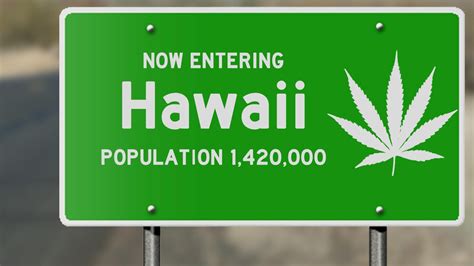Hawaii’s journey with medical cannabis has evolved significantly since its legalization in 2000. The state’s approach to regulating medical cannabis use and the establishment of dispensaries has seen various legislative updates and refinements.
Effective January 1, 2015, the management of Hawaii’s Medical Use of Cannabis Program was transitioned from the Department of Public Safety to the Department of Health, as directed by Act 177. This was followed by Act 178, amending sections of Chapter 329 Hawaii Revised Statutes [HRS] Part IX, which further defined the parameters for medical cannabis use.
One of the key legislative milestones was Act 241 SLH 2015, known as Hawaii’s Dispensary law. This pivotal act paved the way for the establishment of dispensaries across the state, marking a significant development in the state’s medical cannabis landscape. Subsequently, the Hawaii Department of Health began administering the Medical Cannabis Dispensary Program in 2016, allowing dispensaries to start dispensing medical cannabis and related products as early as July 2016 with departmental approval.
In terms of non-discriminatory practices, Act 242 SLH 2015 added language to ensure that existing laws were inclusive regarding the medical use of cannabis. Act 230 SLH 2016 further clarified various medical cannabis laws in the state, enhancing the regulatory framework.
More recent updates include Act 169 SLH 2021, which was enacted to adopt administrative rules for establishing patient registration fees and to establish a task force for exploring a dual-use cannabis system program. Act 170 SLH 2017 amended references from “Medical Marijuana” to “Medical Cannabis” in chapter 329 D part, reflecting a shift in terminology and public perception.
The legal history of cannabis in the United States, including Hawaii, initially focused on medical use and later expanded to include personal or recreational use. By the mid-1930s, cannabis was regulated as a drug in every state, with thirty-five states adopting the Uniform State Narcotic Drug Act.
For individuals seeking more information on Hawaii’s medical cannabis laws and regulations, the state provides comprehensive resources and documentation. It’s essential to note that ignorance of the law is not a valid defense, hence the importance of staying informed about these regulations.
In addition to legislative updates, Hawaii hosts meetings and discussions on cannabis policy, like the one held at the Hawaii State Art Museum. These meetings are crucial for reviewing and updating state legalization and regulation laws.
For current and prospective medical cannabis users in Hawaii, understanding these laws and regulations is vital for legal and safe use. The state’s commitment to evolving and refining its cannabis policies reflects its dedication to addressing the needs of its residents while ensuring public safety and compliance.
